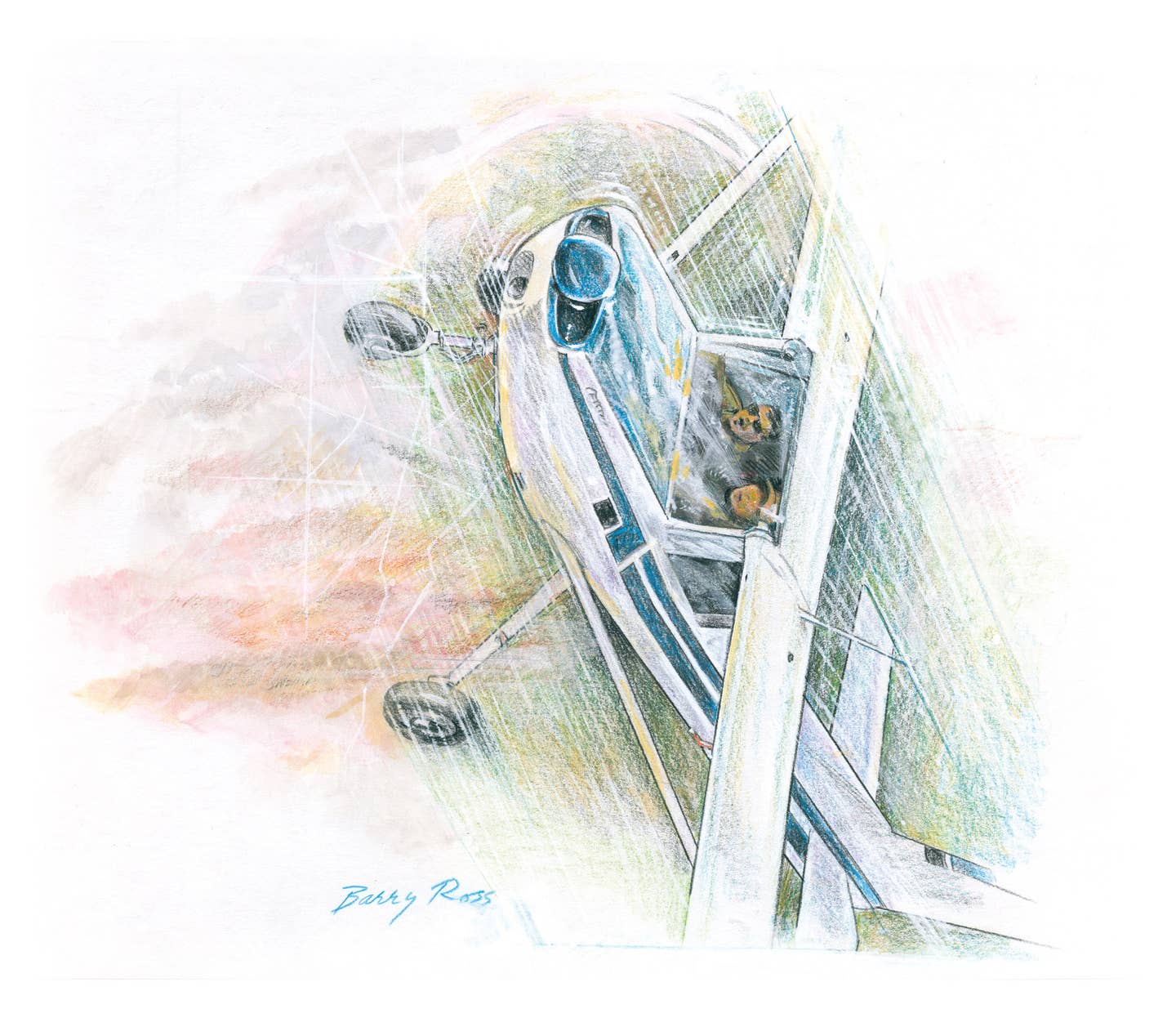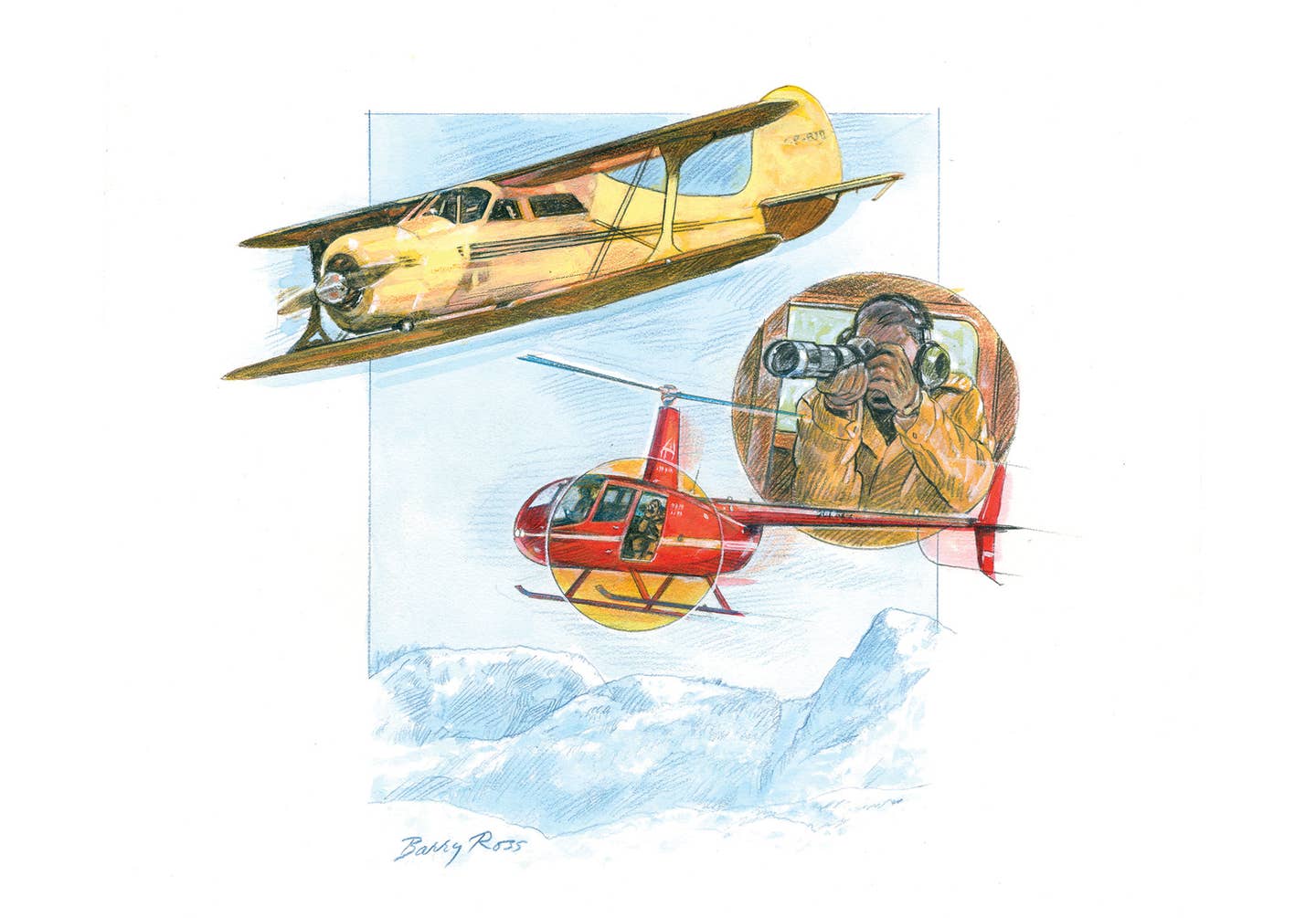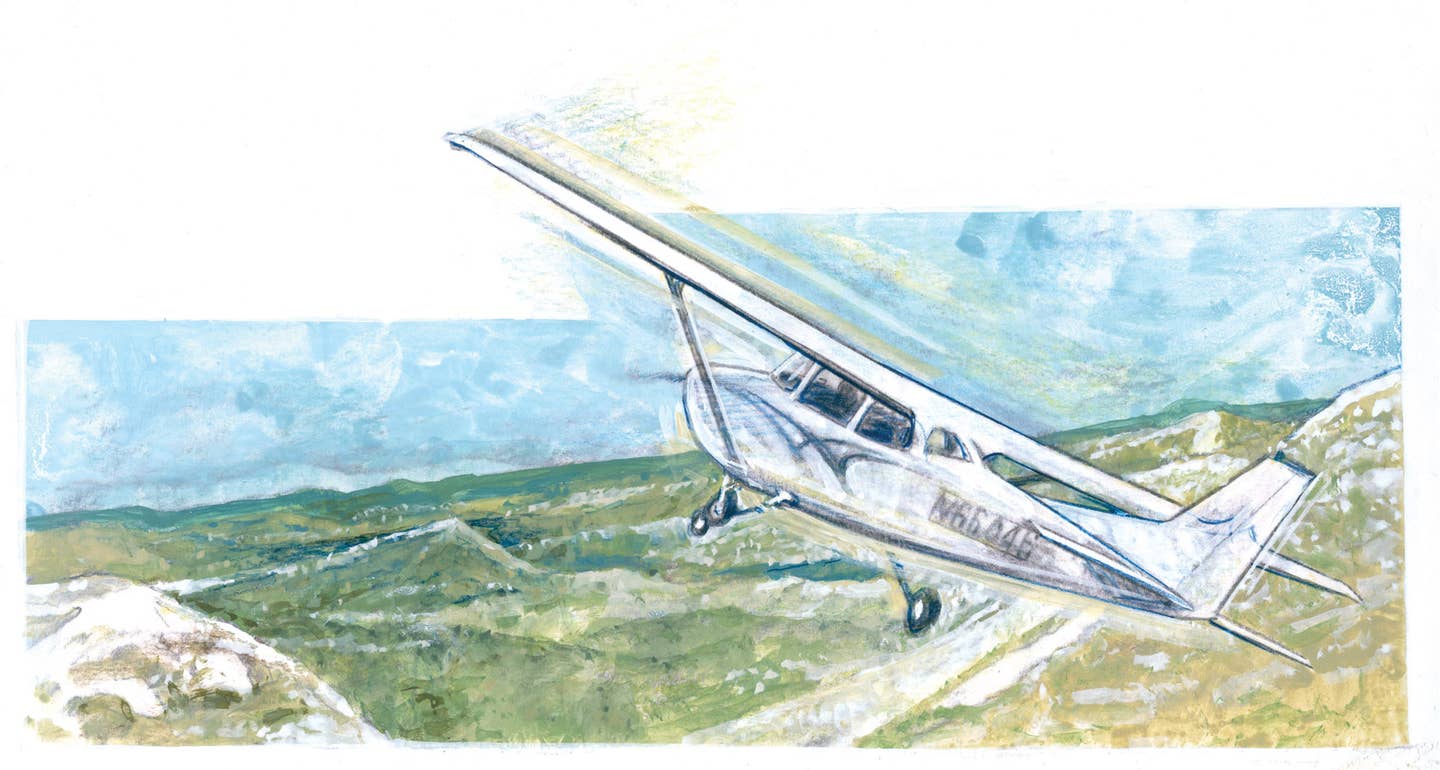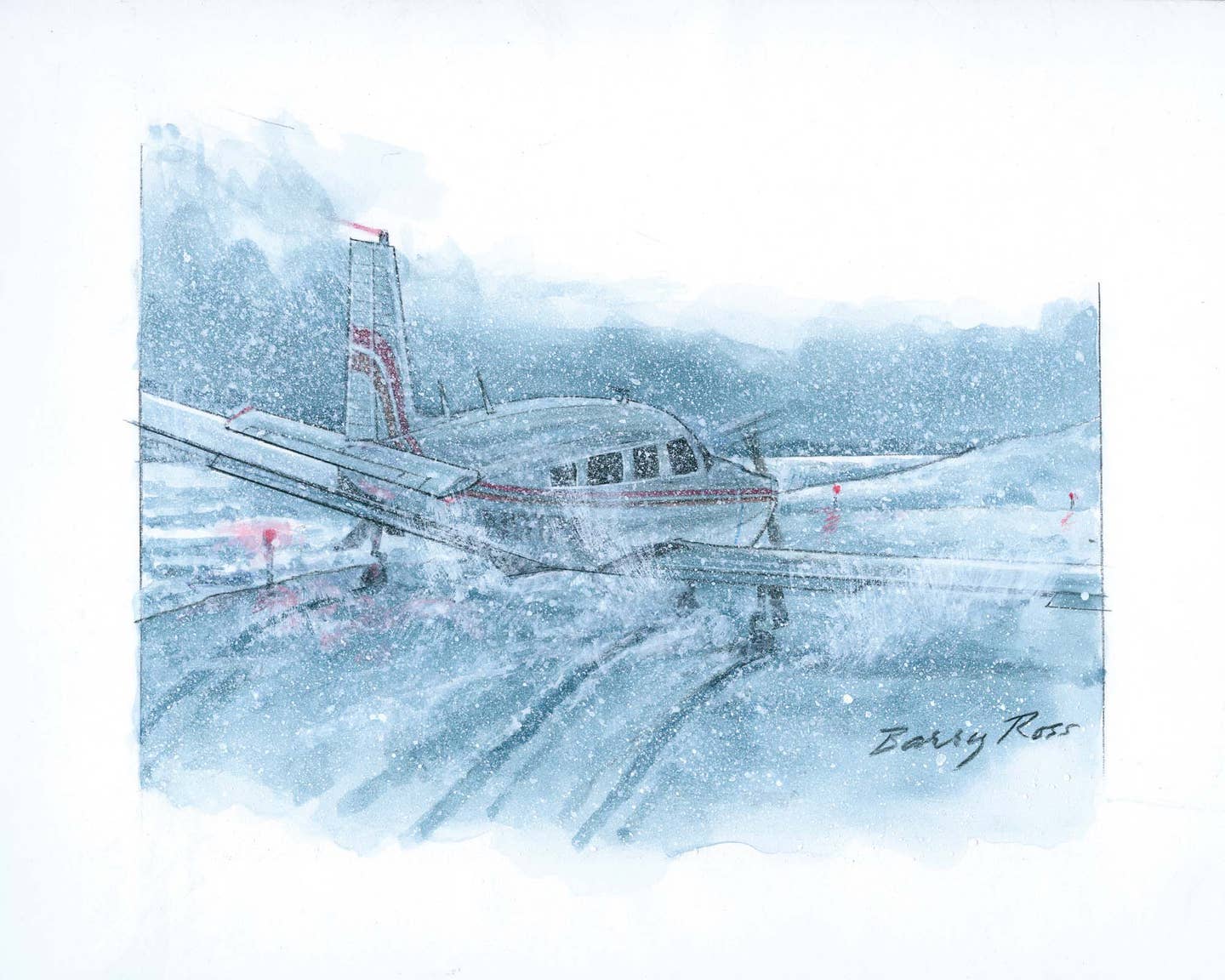Best-Laid Plans
Confidence and enthusiasm can only take you so far during first flight in unfamiliar aircraft
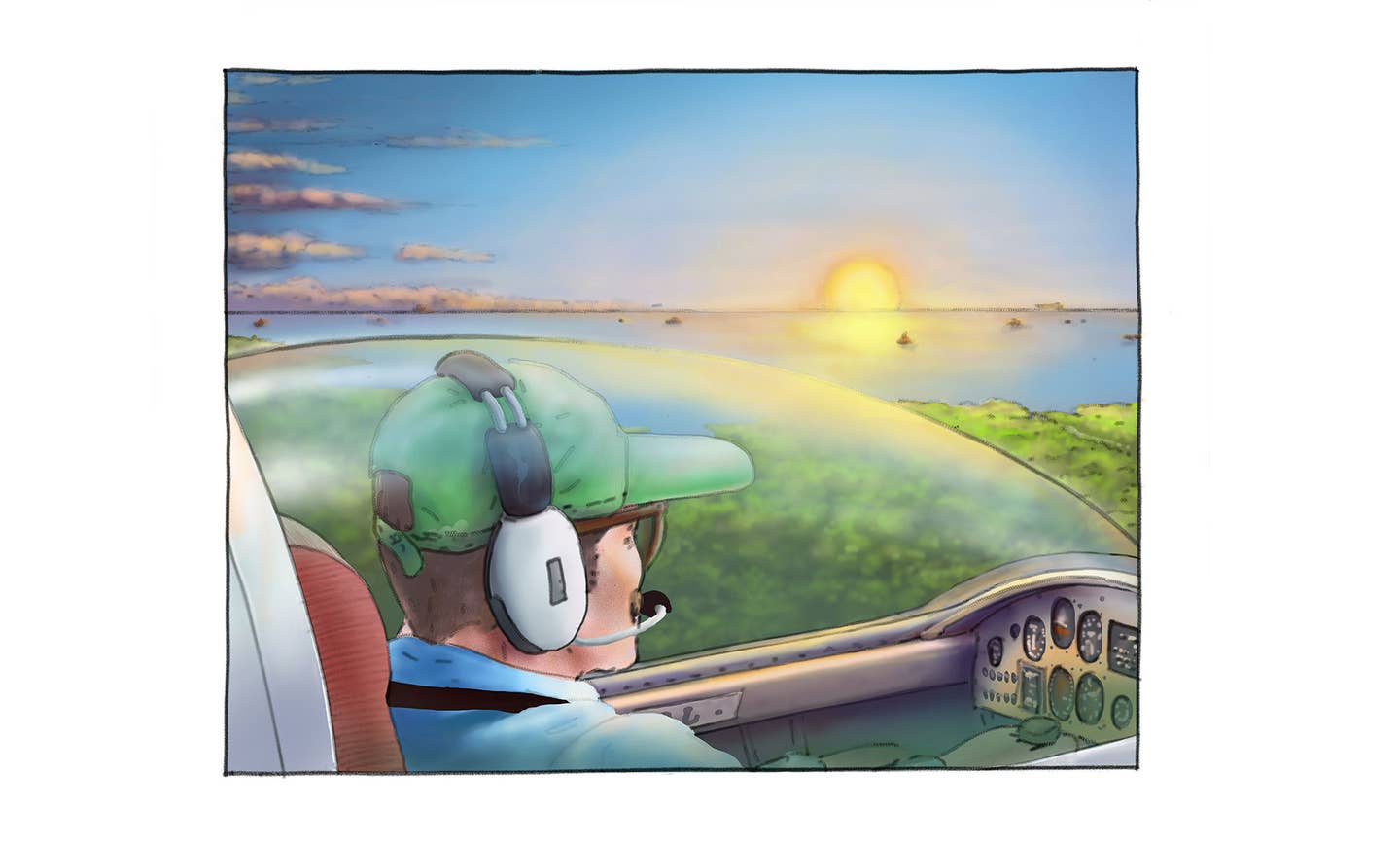
Illustration: Philippe Lechien
“Clear prop!”
I pulled out the choke and turned the key. The Rotax engine jumped to life and smoothed out as I pushed the choke back in slowly. I set the speed at 1,400 rpm. I focused on temperatures and pressures for several minutes, waiting for the oil to warm. I went through another checklist: headset, radio, controls, fuel flow, and mag. Altimeter set. Pitch trim neutral. Fuel pump on.
I finished the checks and took my toes off the brakes and applied power, taxiing just as I had done many times in the preceding week. The engine monitor data was good, and the brakes were firm.
First flight! I took a deep breath.
Airplane ready.
Pilot ready?
I lined up on Runway 27. The longest runway at Palm Beach County Park Airport (KLNA) is 3,500 feet, plus fields and open spaces would be ahead of me. “Lantana Traffic, Pulsar Experimental Four-Five-Six-Lima-Tango taking off, two-seven, Lantana, will stay in the pattern.”
My breathing quickened as I gripped the stick, applying power with my left hand. Throttle all the way in. Feet on rudder pedals. The Pulsar accelerated with so much power that it caught me off guard. In all my dreams, I had not felt this strength. I felt like I was being shot out of a rocket.
At 500 feet down the runway, the little airplane leaped into the air despite my plan to build more speed before taking off. Air rushed through the vents as the runway disappeared beneath me. The sky filled the bubble canopy.
With the throttle all the way in, the aircraft continued to build speed, with 1,200 fpm showing on the VSI. I resisted pulling power back, knowing I needed to get to a safer altitude. Adrenaline coursed through my veins, and every sense was tuned to the heartbeat of the small new airplane.
I turned crosswind and attempted to shallow the climb. I felt I was strapped into a runaway jet. I turned downwind, continuing to gain altitude. I pulled the throttle back to 4,200 rpm and checked the climb at 1,200 feet. I was 200 feet too high. It happened so fast.
Settle down.
My logical brain was holding the exhilaration of leaving the runway captive. I knew that I had to gain control of the craft before celebrating leaving the ground. I didn’t want to return to the earth in a heap.
“Lantana Traffic, Pulsar Six-Lima-Tango, downwind for two-seven, landing.”
I glanced at the airspeed indicator—115 mph. Way too fast. I was totally outside my test plan speeds.
Settle down.
How am I going to land this thing? I felt a stab of fear. What was I thinking? I don’t have enough experience. I remembered a friend at work who used to say, “Get a grip,” whenever someone got nervous.
Get a grip.
I realized that my experience wasn’t up to what was happening to me in this little rocket. I was in a runaway vehicle and I was not in control. Somehow, I had to take command.
I turned base at 800 feet and 95 mph.
Nope, this isn’t working.
I turned final and lined up on 27. 90 mph. I took a gulp of air.
“Lantana Traffic, Pulsar Six-Lima-Tango on final for two-seven is going around, Lantana.”
With the pressure off at 200 feet, I maintained my speed as I overflew the field. Onlookers waved, thinking it was cool. If they only knew.
I’ve got to see if I can land this thing.
Flying over the end of the runway, I applied power and accelerated once again, rising at 1,400 feet. This time, I pulled out some power as I transitioned to the crosswind leg.
Turning downwind, I pulled more power out and settled in at 1,000 feet and 100 mph. I took a deep breath and looked out the canopy. My shirt was wet. I felt my hands tremble.
First flight in a new airplane.
With the speed and altitude where I wanted them, I glanced out the wide canopy. The coastline stretched north for miles, and boats dotted a glassy ocean surface, sparkling under the rising sun.
I looked back at my panel and felt myself taking control. The Pulsar was now the airplane in my dream. All the nights I had fallen asleep imagining how it would wrap itself around me, and I would know exactly how much input to provide on the controls, a perfectly matched connection. Practicing takeoffs and landings over and over.
As I imagine that sensory experience now, I realize that all I had to do was adjust for the amazing increase in power. I’d never anticipated such a fast machine. I put in half flaps across from the numbers at 80 mph and turned base. Full flaps. Slow to 75. Sight picture.
You can always go around again.
“Lantana Traffic Pulsar Six-Lima-Tango turning final for two-seven, landing, Lantana.” I now noticed a Cessna 152 waiting for takeoff.
Waiting on me.
I crossed the runway threshold at 70 mph and let a little more speed bleed off as I attempted to stay a few inches off the runway with the nosewheel slightly up. Deep breath. The mains rolled on to the surface together with a muted chirp, and I held the nose off as long as I could. It came down to the pavement quietly, and I gently applied brake and was able to turn at the first turnoff, barely a third down the runway.
I stopped at the taxiway and unclipped the canopy, rolling it forward halfway. I closed my eyes and drank in a gulp of the cool air coming through the cockpit. The adrenaline continued to move through my body as a tonic sense of relief washed over me.
It’s real. The dream is real.
Lessons learned? Several. First, any time you are flying an airplane you’ve never flown before, consult with an experienced pilot of that type. Then get some dual in that aircraft. In my case, I’d gotten dual in a similar plane, but with a smaller engine size. Combining that with the higher gross weight, I had trained in an airplane that rendered a very different experience, not preparing me for the first flight in a much faster airplane.
Second, don’t underestimate the power of your own enthusiasm to lead you into a situation from which you may find it difficult to extricate. As wonderful as confidence and enthusiasm are, temper them with logic and a thorough flight-test plan.
The airplane may be ready. Make sure you are too.
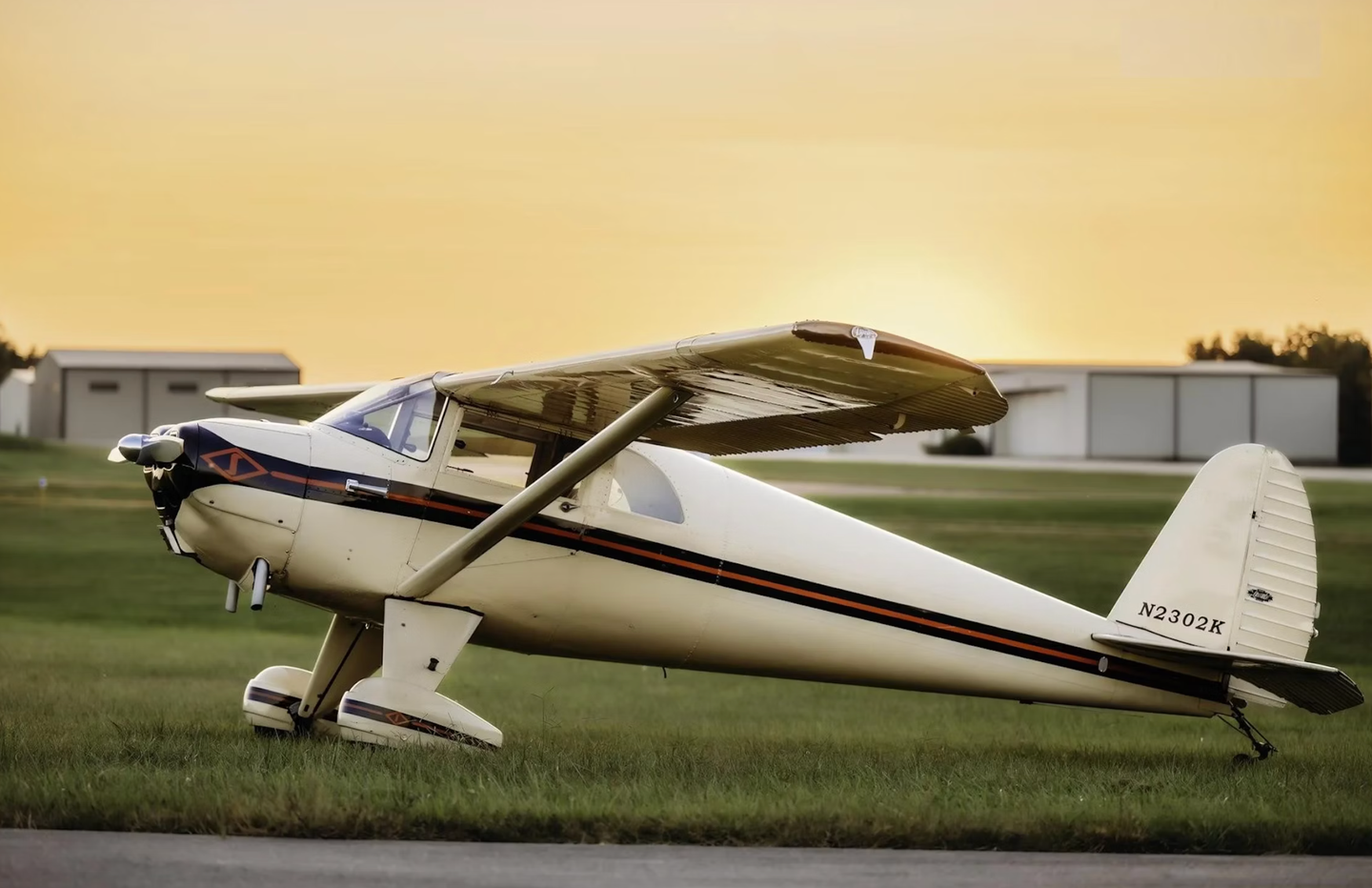
Subscribe to Our Newsletter
Get the latest Plane & Pilot Magazine stories delivered directly to your inbox

